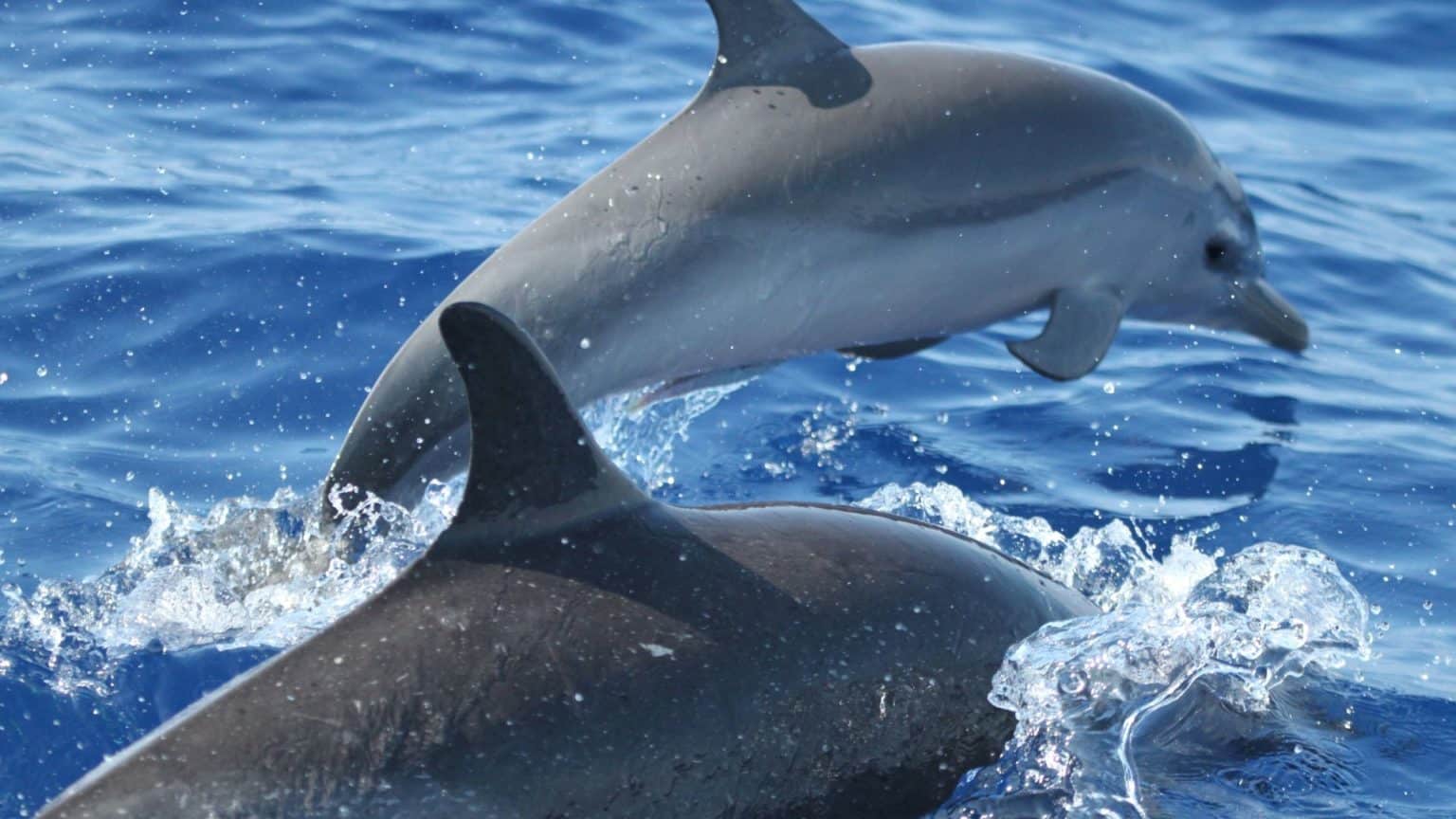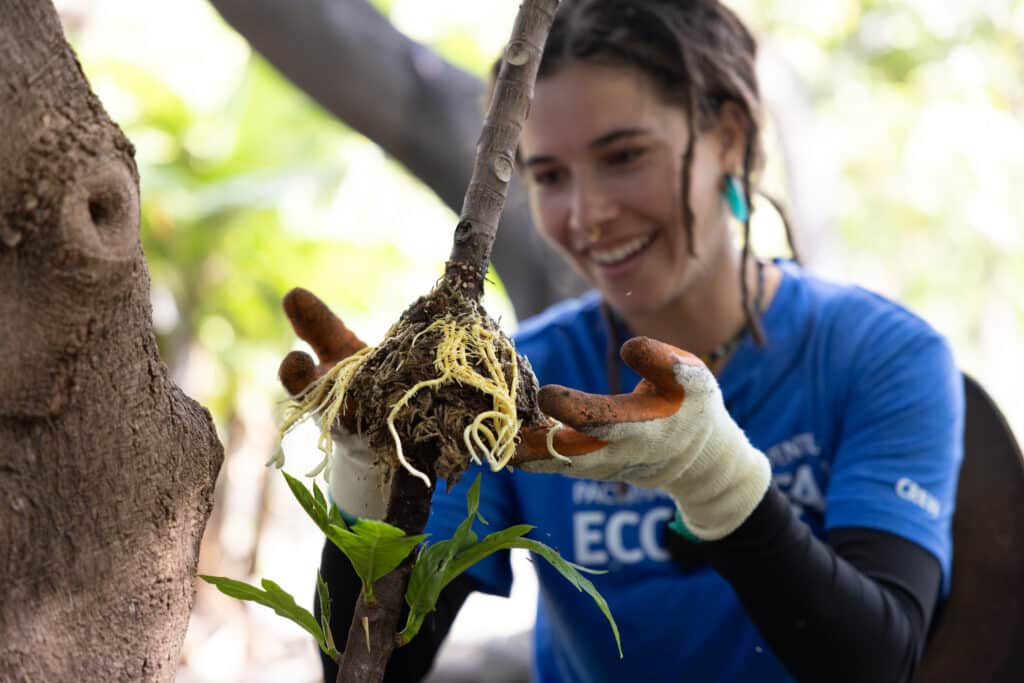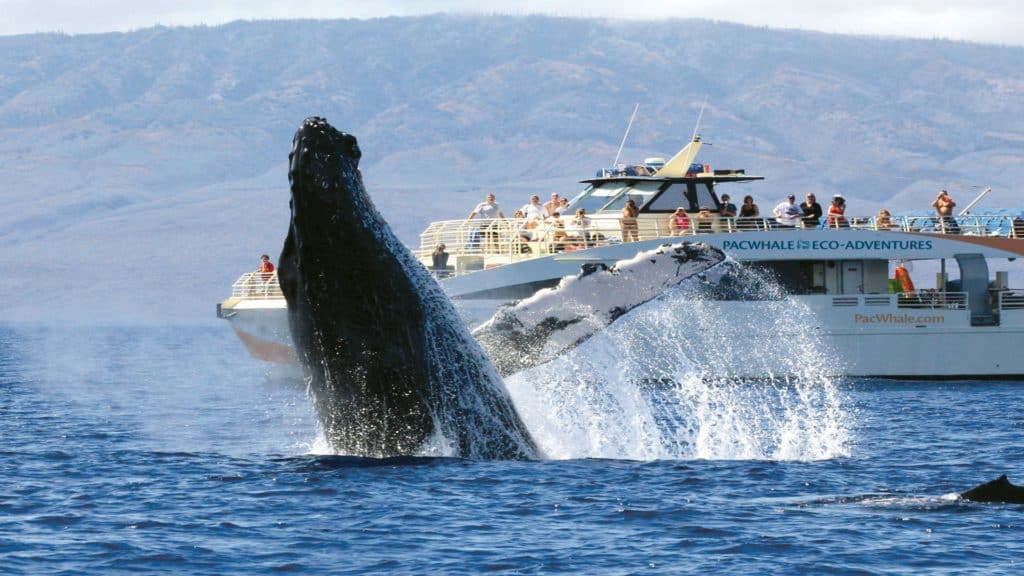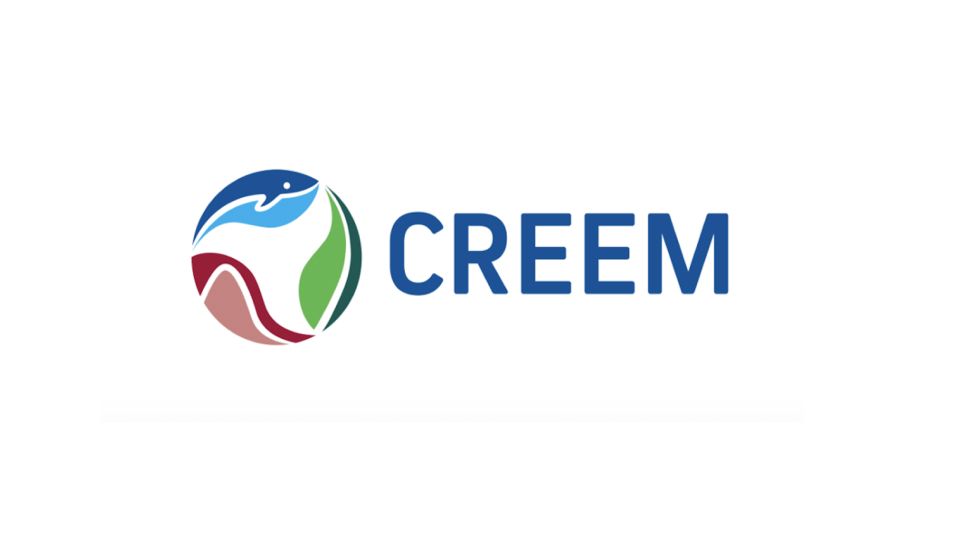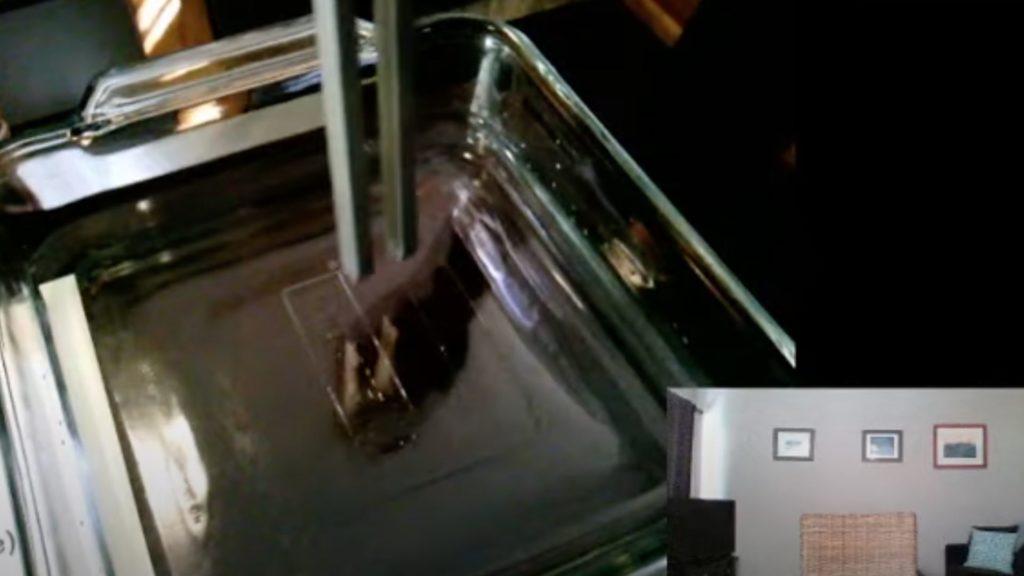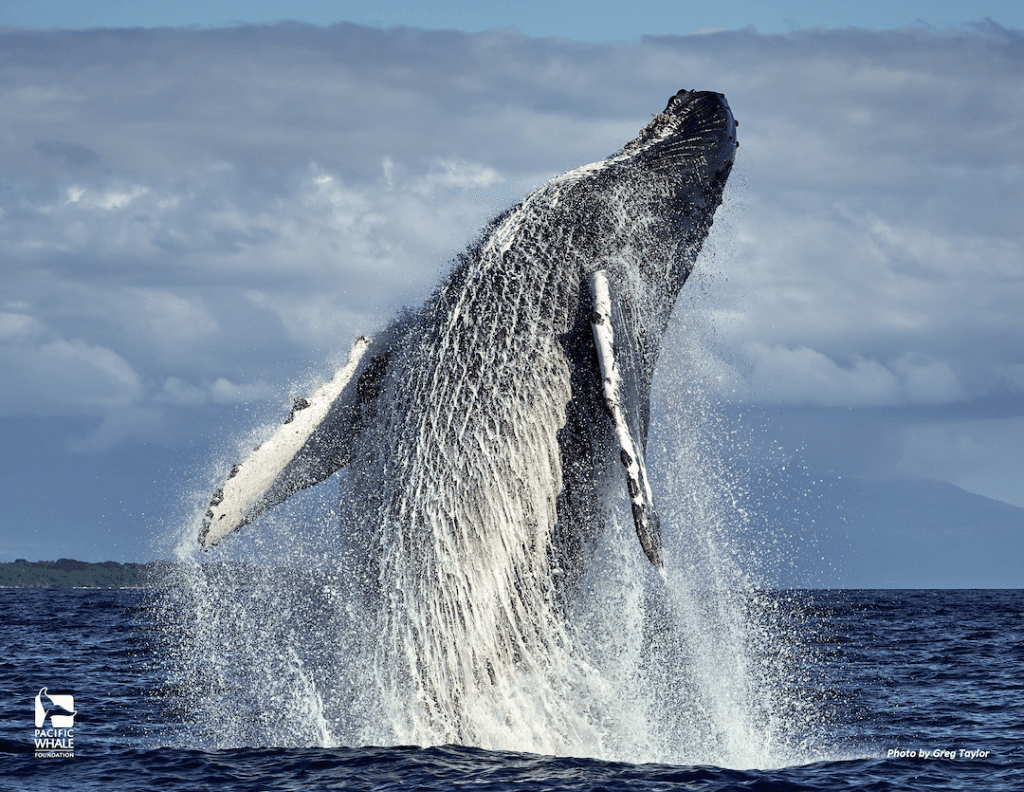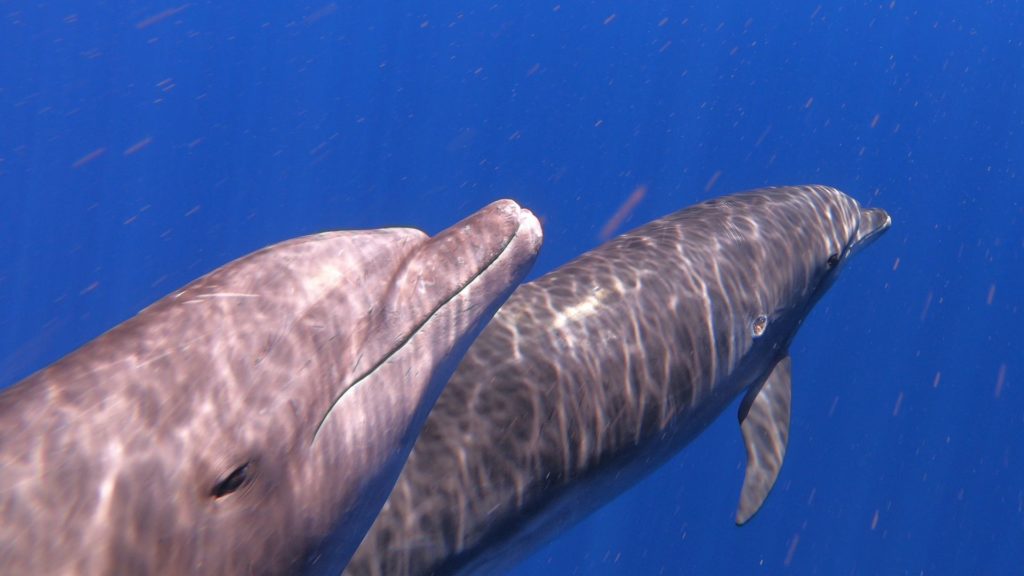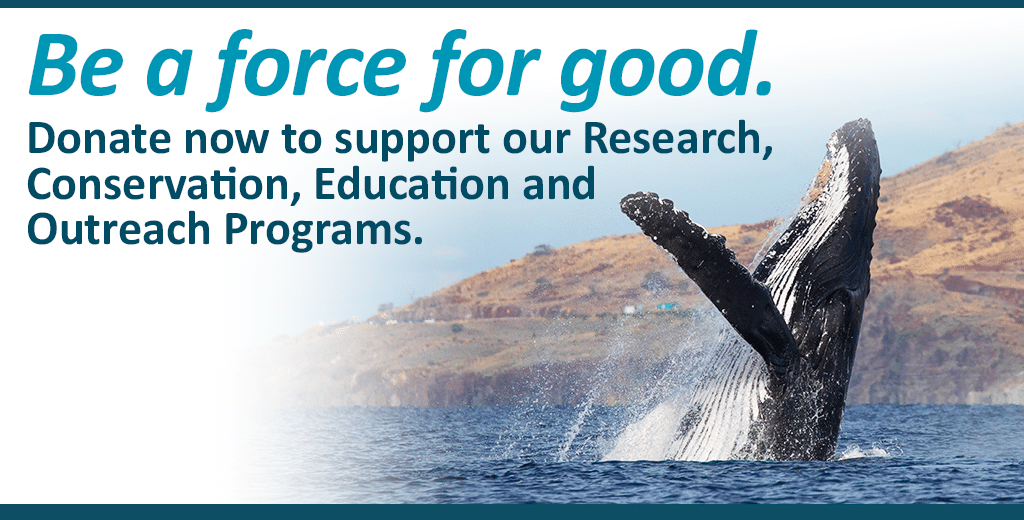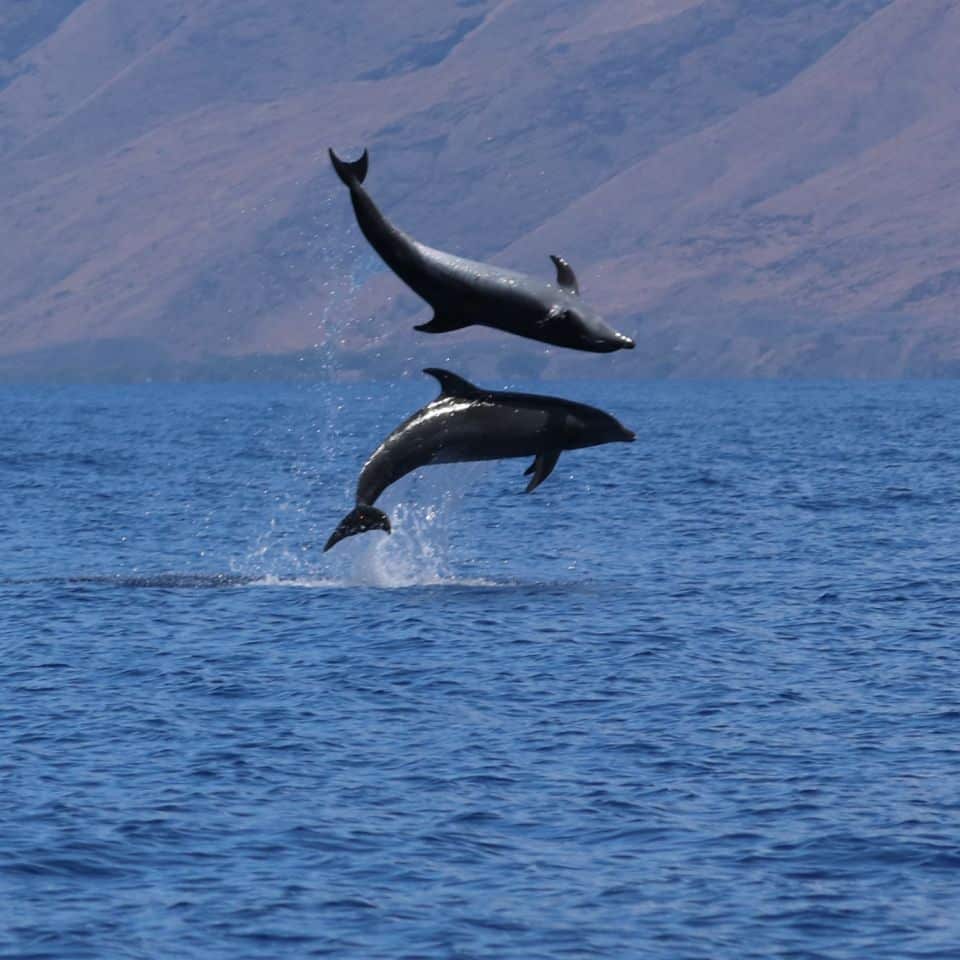
Meet one of the most recognizable, beloved marine mammals known for their joyful and intelligent appearance
Bottlenose dolphins get their common name from their short, thick rostrums (beak or snout). Reputed for their intelligence, the common bottlenose dolphin’s brain is so tightly coiled that the surface area would be greater than a human cortex if spread out flat.
Bottlenose dolphins are highly social, forming various groups from mother-calf to large societies. They communicate with sounds that fall into three categories—whistles, pulse sounds and echolocation clicks—and also through touch.
Common bottlenose dolphins are often found in nearshore waters, making them easy to view in the wild but susceptible to human impacts.
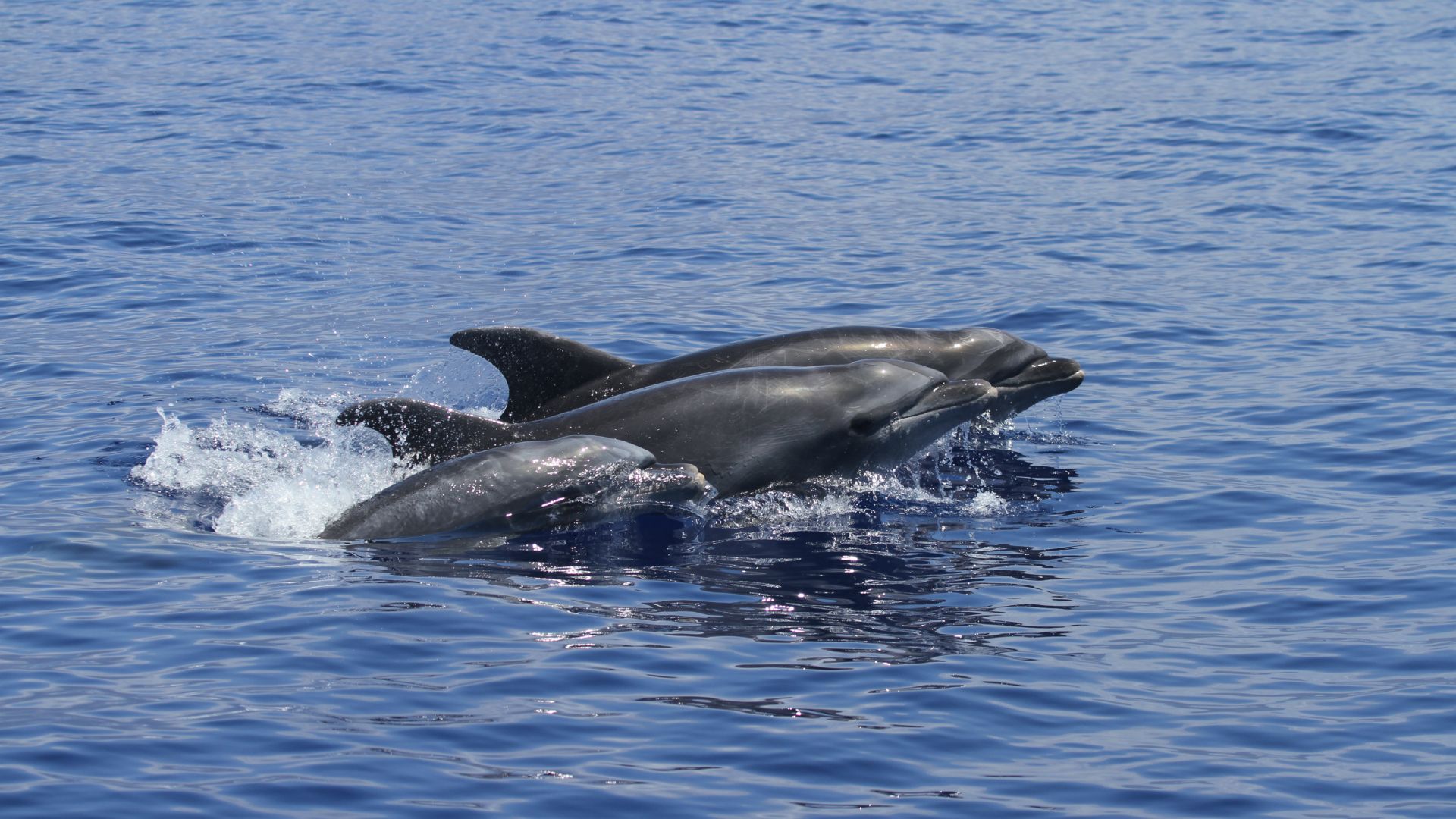
Key statistics
Interesting facts about bottlenose dolphins
Found in tropical, temperate waters typically in groups of two to 15 individuals
Average 6–13 feet in length and weigh between 300–1,400 pounds
Males tend to be slightly longer and stockier than females
Can achieve bursts of speed up to 22 mph
Often observed bow-riding—purposefully positioning themselves to “ride” an advancing vessel’s bow pressure wave, thereby saving energy
Approximate life span is 40 to 60 years
How We’re Helping
We research and collect data to mitigate ongoing threats
Research Efforts: Our Hawaiʻi, Australia, and Ecuador research focuses on bottlenose dolphins, making a significant impact on the conservation efforts in these regions.
Ongoing Monitoring: We continuously monitor bottlenose dolphins, conducting individual and population level health assessments to gauge the impact of various threats and ensure their continued well-being and conservation.
Comprehensive Data Collection: Our holistic research approach includes biopsy sampling, drone measurements, skin and breath sampling, fecal sampling, and photo-identification leading to a comprehensive understanding of bottlenose dolphin populations.
Scientific Impact: Our research has directly led to a better understanding of population trends and rates of fisheries interactions leading to improved management and conservation of bottlenose dolphins.
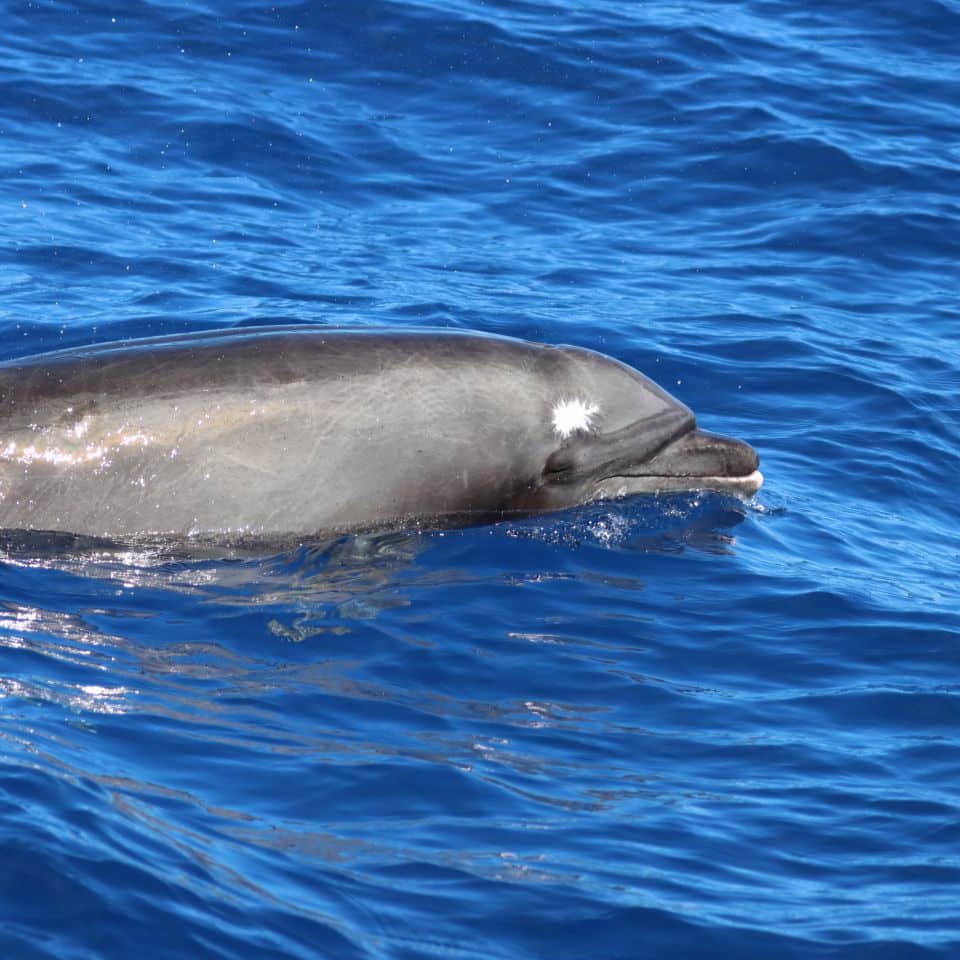
Project Partners
Publications
